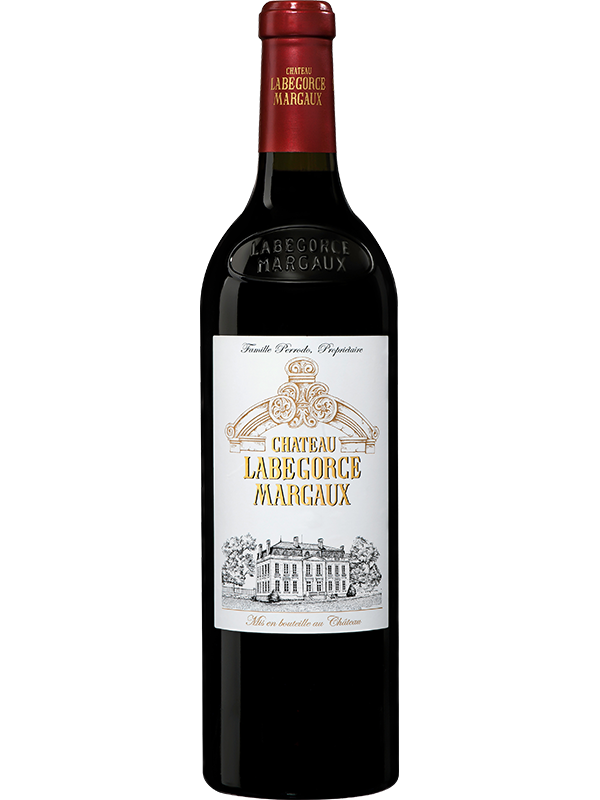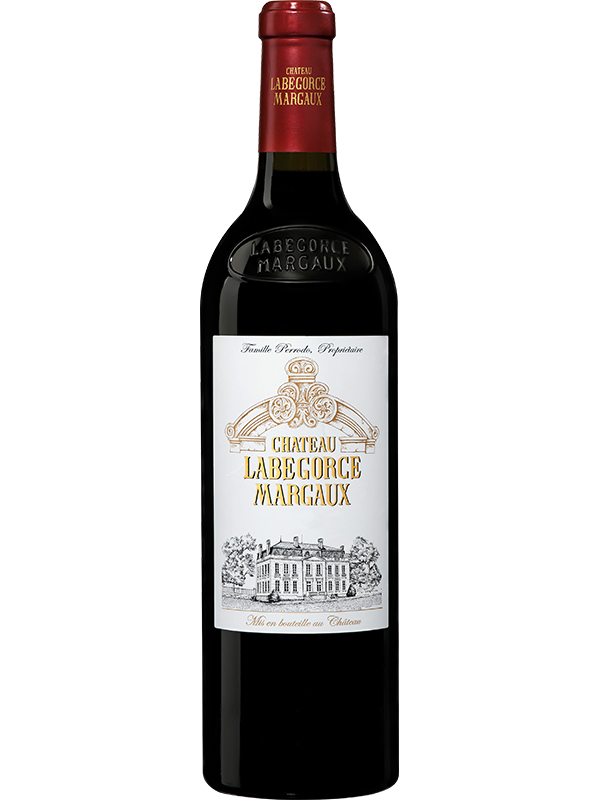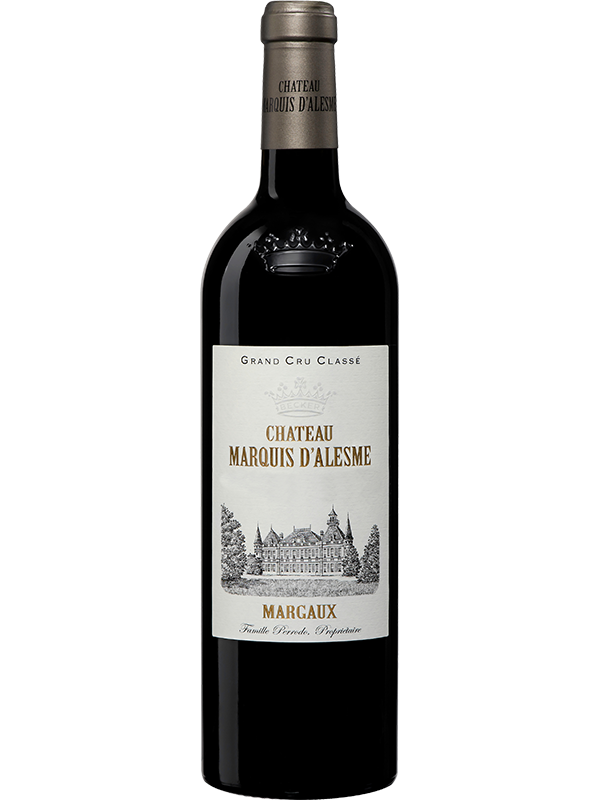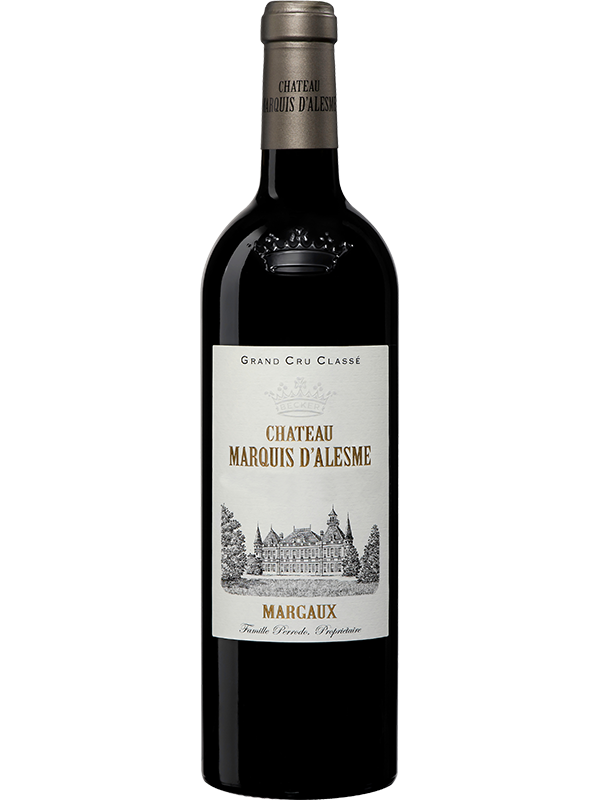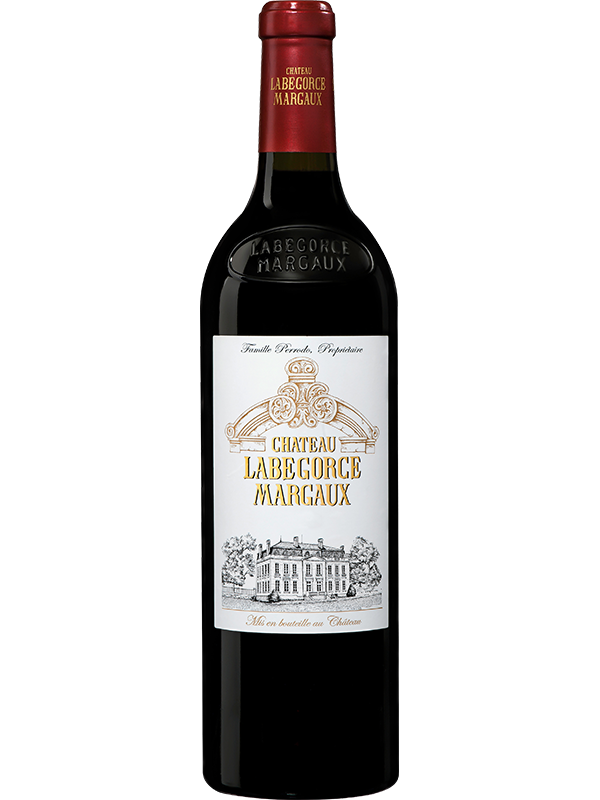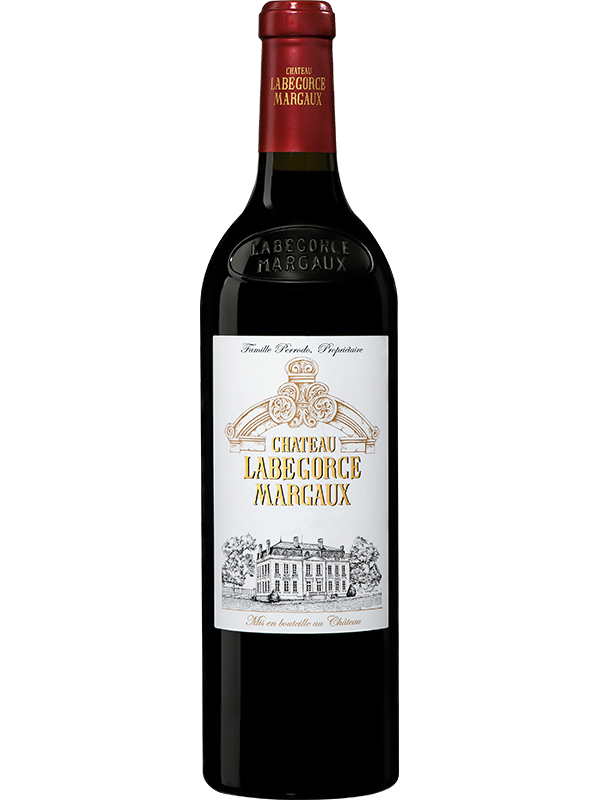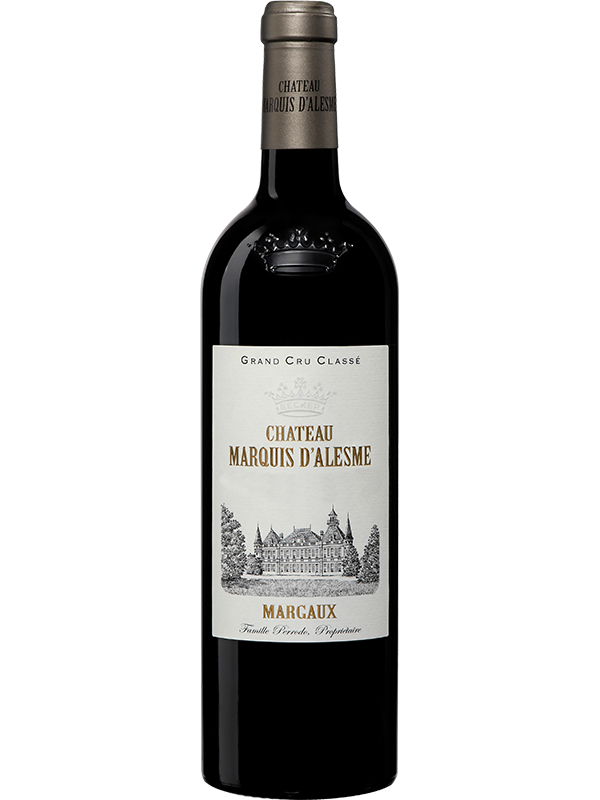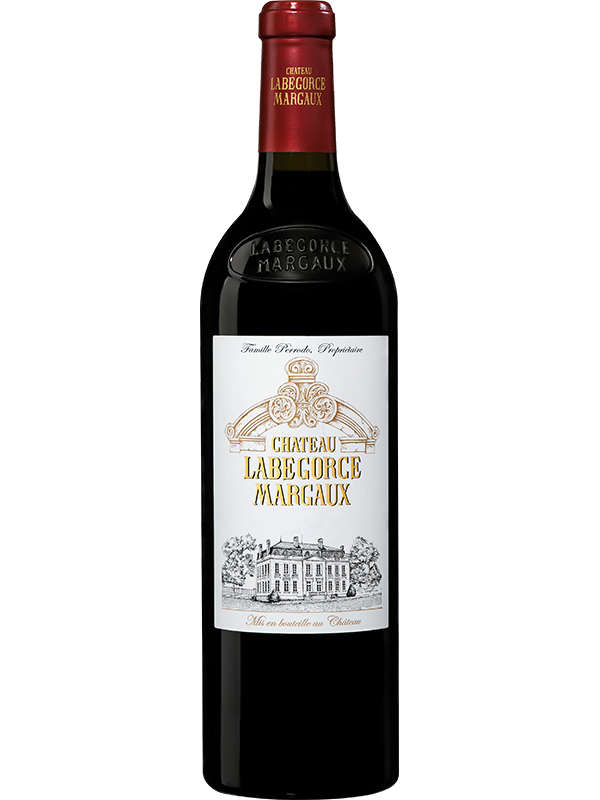
Châteaux Labégoce & Marquis d'Alesme
The Perrodo Family Legacy
Hubert Perrodo was born in France in 1944 and became a well-known figure in the energy sector. His wife, Evelyne Perrodo, was of Chinese descent, and this influence is clear in the design and development of their Grand Cru Classé Margaux property, Château Marquis d’Alesme.The late Hubert Perrodo acquired Château Labégorce in 1989 with the vision of restoring its historical grandeur, clearly evident from its prominent façade overlooking the estuary. In fact, in my earlier days in the wine trade, I’d often mistake Château Labégorce for Château Margaux, suc

h is the striking resemblance in the architecture. His love of Bordeaux and Margaux, in particular, led him to further expand his presence in the appellation with the acquisition of Château Marquis d’Alesme in 2006. Following his passing, his daughter Nathalie Perrodo has continued his vision, ensuring the estates remain committed to excellence and innovation. In recent years, Nathalie has added Château la Tour de Mons to their Margaux ‘empire’. Winemaking is led by Marjolaine Maurice de Coninck, and Delphine Kolasa (wife of John Kolasa, who led Château Canon and Rauzan-Ségla’s recent ascent) is the Commercial Director. Between them, they are enormously welcoming hosts, and I would heartily recommend a visit if you’re in the area.One element of the estate which I absolutely love is what they call the ‘Petit Marquis’, a small house in front of the Château where Nathalie used to play when she was young. This is now dedicated to hosting young visitors, giving them treasure hunts around the Château and encouraging learning about nature. In an otherwise quite stuffy world of Bordeaux, this is such a welcoming experience, especially as a father of a 5-year-old daughter.
Château Marquis d’Alesme
 A classified Third Growth of 1855, Château Marquis d’Alesme embodies a unique fusion of French tradition and Asian-inspired aesthetics, reflecting the Perrodo family’s international outlook. Under their ownership, the estate underwent a remarkable transformation, with state-of-the-art facilities and a commitment to biodynamic and sustainable viticulture. The design of the winery, which my wife referred to as being like a ‘spa for wine’ when we visited, clearly shows the Asian influence. It’s a lovely environment to visit, let alone for a wine to age in peace. The style of wine here is a little more structured than that of sister property Labégorce, slightly more challenging in their youth. They’re designed to age, with darker fruit characteristics and firmer structure. The 2014 and 2017 vintages are drinking well now; the 2016 will be spectacular, although it needs another couple of years.
A classified Third Growth of 1855, Château Marquis d’Alesme embodies a unique fusion of French tradition and Asian-inspired aesthetics, reflecting the Perrodo family’s international outlook. Under their ownership, the estate underwent a remarkable transformation, with state-of-the-art facilities and a commitment to biodynamic and sustainable viticulture. The design of the winery, which my wife referred to as being like a ‘spa for wine’ when we visited, clearly shows the Asian influence. It’s a lovely environment to visit, let alone for a wine to age in peace. The style of wine here is a little more structured than that of sister property Labégorce, slightly more challenging in their youth. They’re designed to age, with darker fruit characteristics and firmer structure. The 2014 and 2017 vintages are drinking well now; the 2016 will be spectacular, although it needs another couple of years.Château Labégorce
 With a history dating back to the 14th century, Château Labégorce is one of Margaux’s hidden gems. It’s not classified as a classed growth, despite its vineyards neighboring Château Margaux, Palmer, and Lascombes. The Perrodo family played a crucial role in reuniting the historic Labégorce vineyards, which had been fragmented over time. Stylistically, the wines here are quite flamboyant; they’re exotic, perfumed, and rich. Rather like a mini-Château Palmer in my view, but at a considerably appealing price point. Along with Château Capbern, a wine I buy every vintage for my own collection. I’ve been drinking the 2014 of late; I think the 2019 is surprisingly yummy already, although the 2015 and 2016, two of the best vintages they’ve ever made, need another couple of years in my view.
With a history dating back to the 14th century, Château Labégorce is one of Margaux’s hidden gems. It’s not classified as a classed growth, despite its vineyards neighboring Château Margaux, Palmer, and Lascombes. The Perrodo family played a crucial role in reuniting the historic Labégorce vineyards, which had been fragmented over time. Stylistically, the wines here are quite flamboyant; they’re exotic, perfumed, and rich. Rather like a mini-Château Palmer in my view, but at a considerably appealing price point. Along with Château Capbern, a wine I buy every vintage for my own collection. I’ve been drinking the 2014 of late; I think the 2019 is surprisingly yummy already, although the 2015 and 2016, two of the best vintages they’ve ever made, need another couple of years in my view.


